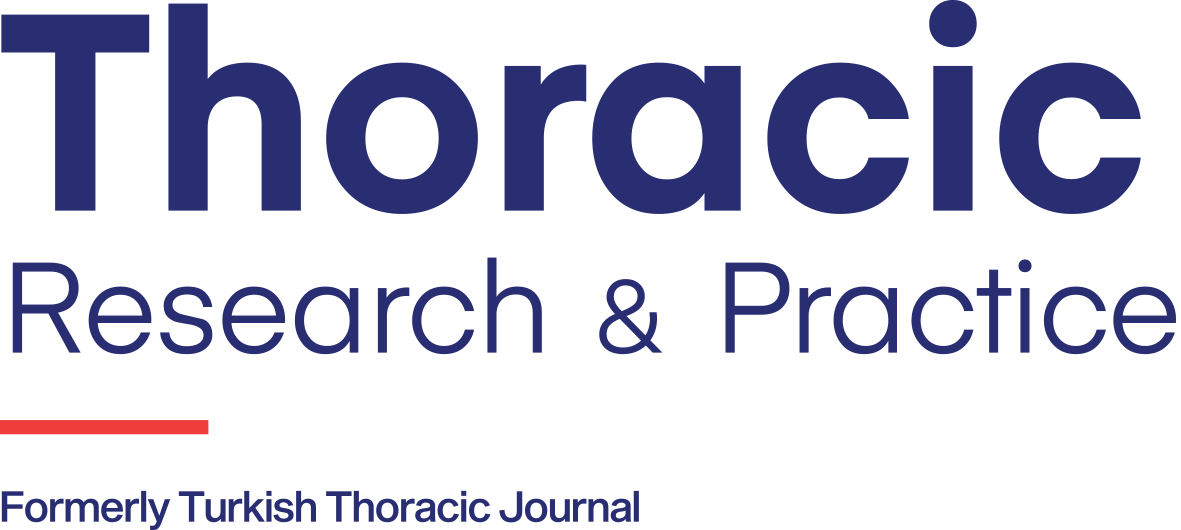Abstract
OBJECTIVE:
The first choice for treatment in severe and moderate obstructive sleep apnea syndrome (OSAS) is positive airway pressurem (PAP) devices. However, despite proper titration, respiratory events may persist, while central respiratory events may increase or emerge for some patients. The primary aim of this study is to compare the clinical, demographic, and polysomnographic features of patients with different titration results.
MATERIAL AND METHODS:
The patients who underwent automatic PAP (APAP) titration with the nasal mask in our clinic due to moderate or severe OSAS in 2017 were included in the study. The clinical, demographic, and polysomnographic characteristics of patients with successful (good) titration, “unacceptable” APAP titration, and treatment-emergent central apnea syndrome (TECSA), were recorded retrospectively and evaluated comparatively with statistical methods.
RESULTS:
Out of 942 titration tests with APAP, 37 patients were diagnosed as TECSA (3.9%), while unacceptable (unsuccessful) titrationresults were seen only in 20 patients (2.1%). For the successful titration group, 44 consecutive patients were recruited. In the TECSA group, the central apnea index and minimum SpO2 were higher during the diagnostic polysomnography (PSG). In the unacceptable titration
group, the baseline minimum SpO2 was lower. The lower sleep efficiency, lower stage N3 sleep, and longer rapid eye movement (REM) and sleep latencies were observed in the TECSA group during the titration test. The diagnostic accuracy of PAP device recordings was found to be moderate (kappa value: 0.533).
CONCLUSION:
The baseline polysomnographic features, including higher central apnea index and minimum SpO2, may raise suspicion for titration failures for which a laboratory-based titration can be scheduled.
Cite this article as:
Şahin Duyar S, Çelik D, Fırat S. The evaluation of apap titration results: Good titration versus TECSA and unacceptable titration. Turk Thorac J. 2021; 22(6): 450-458.



